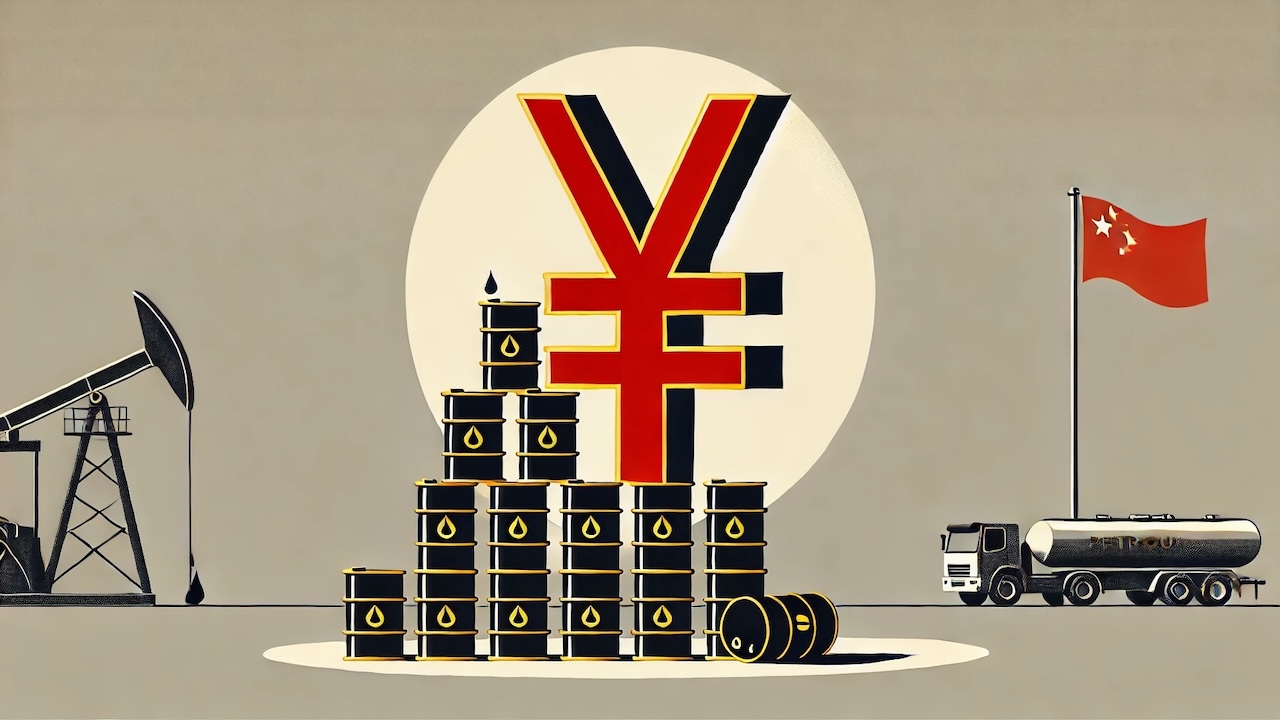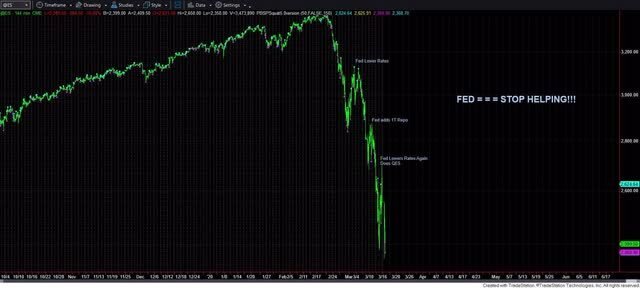Could the petroyuan usurp the petrodollar and become the dominant currency for global oil trade?
If so, such a move would accelerate global de-dollarization and would be disastrous for the United States.
The petroyuan faces a tough road, but one the BRICS nations led by Russia will reportedly consider going down at its fall summit.
In an article published by the OMFIF, Zhejiang University senior fellow and former senior economist for the Bank of International Settlements Herbert Poenisch reported that Russia will push for a new denomination for oil using the mBridge payment system at the BRICS summit at the end of October.
The Bank of International Settlements (BIS) Innovation Hub leads the mBridge project in collaboration with the central banks of Hong Kong, Thailand, China, and the United Arab Emirates. Saudi Arabia – the world’s number two oil producer – recently joined the project.
The goal is to create a cross-border payment system using central bank digital currencies (CBDC). As Poenisch described, the system “allows for immediate settlement among partner central banks.”
“Transactions conducted on this platform avoid scrutiny by outsiders such as SWIFT and the U.S.”
If Russia can convince its fellow BRICS nations to embrace the petroyuan, it would strike a major blow to dollar dominance.
What Is the Petrodollar?
“Petrodollar” refers to the dollar’s role in crude oil transactions.
In the wake of the 1973 oil crisis, Saudi Arabia agreed to conduct all oil transactions in dollars and invest its oil surplus funds in U.S. Treasuries in exchange for U.S. military support.
The agreement was a boon for the dollar and was key in cementing the greenback as the world reserve currency. Due to Saudi Arabia’s prominent role in the global oil trade, the agreement had a far-reaching effect. As a result, virtually all the world’s global oil transactions were priced in dollars. Since the dollar is the dominant currency in this system, the world uses dollars to purchase dollar-denominated assets and debt. This props up dollar dominance.
In effect, the petrodollar ensures a constant demand for dollars. Every country needs them to buy oil. This demand supports the U.S. government’s “borrow and spend” policies, along with its massive deficits. As long as the world needs dollars for oil, it guarantees demand for the greenback. That means the Federal Reserve can print more dollars and issue more Treasuries than it could have otherwise. As an article published by Nasdaq.com reported, the agreement created a “captive market” for U.S. government debt.
Nearly 80 percent of global oil sales are priced in dollars, but countries are increasingly using other currencies.
China has been pushing Saudi Arabia to accept yuan for oil, and the Saudi government has reportedly expressed openness to the idea. Saudia Arabia’s membership in the BRICS bloc this year will likely strengthen the two countries’ economic ties.
If Russia has its way, the entire BRICS bloc could move toward the petroyuan.
The Petrodollar Won’t Be Easy to Bring Down
Many Western observers have downplayed any potential threat to dollar dominance by the BRICS bloc. As Poenisch noted, the 2023 BRICS summit in Johannesburg was generally waved off as no real threat to the dollar. But he said the fall summit in Russia “is set to be ground-breaking.”
Nevertheless, Russia faces several hurdles in its quest for a petroyuan.
One problem is developing a payment process that efficiently operates outside of the dollar-denominated SWIFT system.
The Society for Worldwide Interbank Financial Telecommunication (SWIFT) system serves as the world economy’s superhighway. In effect, it operates as a global financial messaging service, facilitating cross-border payments. Since the dollar serves as the world reserve currency, SWIFT effectively facilitates an international dollar system.
The mBridge project could solve the payment system problem.
But other challenges would remain.
Poenisch pointed out that there is no mechanism to recycle the yuan surpluses that would be generated by oil-producing nations back to countries that need currency to buy oil. Global banks manage currency transfers in the dollar system.
“Any surpluses that were added to the foreign exchange reserves of oil-exporting countries were attracted by foreign banks that lent them to countries in need. With the exception of the Mexican crises in the early 1980s, this process worked smoothly, mainly through the eurodollar market.”
Poenisch said the process would be more difficult for a petroyuan.
“Surplus renminbi has to be either spent on trade with China or added to foreign exchange reserves – now deemed acceptable by the International Monetary Fund since the renminbi is in the special drawing rights basket. BRICS financial intermediaries will face the task of recycling the surpluses to countries in need. This will be testing as China tightly controls the offshore renminbi market.”
While these challenges make the ascendence of the petroyuan unlikely in the near term, it’s not out of the question.
Potential Impact of the Petrodollar’s Demise
The end of the petrodollar could accelerate global de-dollarization, and that would be a disaster for the U.S. economy.
While the current de-dollarization trend doesn’t directly threaten the dollar’s role as the world reserve currency — yet — it could foreshadow bigger problems down the road, especially if it accelerates.
The dollar is already on shaky ground. Many countries are looking for ways to minimize dependence on the greenback due to growing concerns over America’s use of the dollar as a foreign policy weapon.
After the Russian invasion of Ukraine, IMF Managing Director Gita Gopinath warned that sanctions on Russia could erode the dollar’s dominance by encouraging smaller trading blocs using other currencies. That’s exactly what we’re seeing.
And without the petrodollar supporting the greenback, we could see more rapid de-dollarization.
Sputnik explained it this way:
“If world players significantly reduce the use of U.S. dollars, the U.S.’s ability to issue dollar debt and earn dollars for exports will diminish, and the nation’s economy will shrink, according to international economists.”
In effect, if other nations no longer need dollars to conduct trade, the demand for dollars could plunge significantly. That would create a dollar glut and a rapid devaluation of the greenback. Interest rates on U.S. Treasury bonds would soar. This would be an untenable situation for a government servicing more than $35-plus trillion in debt.
Modest interest rate hikes by the Federal Reserve have already driven interest payments sky-high. The U.S. government now spends more on servicing the debt than it does on national defense or Medicare.
In a nutshell, you should be wary of counting on global petrodollar dominance to prop up the U.S. House of Cards economy.
Read the full article here












Leave a Reply